What Hi-Fi? Verdict
As we have come to expect from Krix, the Esoterix Altum is an outstandingly well-designed loudspeaker, with a very flat and extended frequency response and above-average efficiency for its size
Pros
- +
Crystalline highs
- +
Superb imaging
- +
Easy to position
Cons
- -
Deepest bass
- -
Horn may alienate
Why you can trust What Hi-Fi?

This review and test originally appeared in the Sep/Oct 2018 issue of Australian Hi-Fi magazine, one of What Hi-Fi?’s sister titles from Down Under. Click here for more information about Australian Hi-Fi, including details on how to subscribe. [For Australian availability of this product, please see the Krix or Powermove websites.]
Furby anyone? Probably an obscure reference, considering that the Furby (a small electronic robotic toy with big ears) craze peaked more than 20 years ago, but when I first unpacked the Krix Esoterix Altum and saw those enormous ear-like waveguides on the front baffle, a Furby was the first thing I thought of… possibly because of my daughter’s passion for them when she was a child.
For journalistic accuracy, I Googled a picture of a Furby to refresh my visual memory and discovered the Krix Esoterix Altum looks nothing like one… but first impressions are first impressions, even if they’re not particularly faithful!
My first real intellectual thought was that Krix must have had a very good reason to fit such a large waveguide to such a small speaker, not only for reasons of cost (waveguides like this cost a motza!) but also because the appearance of said waveguide is likely to alienate a significant percentage of buyers.
It’s not like you can hide the waveguide with a grille… though I do understand this is something Krix is actually working on, so the best of British with that one guys! (Editor’s note: A grille is now available, but it wasn’t at the time of this review.)
Elephant in the room
Yep, I just have to start with that waveguide. It seems that the reason for it harks back to fundamental research on sound quality initiated by the famous acoustician Floyd E. Toole (now retired) when he was working at the National Research Council of Canada (before he was head-hunted by Harman to implement his discoveries on speaker brands such as JBL, Revel, Infinity, and Lexicon).
Toole was one of the first researchers to prove that if a loudspeaker does not have a flat frequency response, pretty much nothing else the designer does to try to improve its sound quality will matter.
However Toole then went on to prove that once a designer has ensured that the speaker has a flat frequency response, then the next biggest contributor to the perception of sound quality (after bass extension) is well-controlled lateral dispersion.
The latest hi-fi, home cinema and tech news, reviews, buying advice and deals, direct to your inbox.
Controlling lateral dispersion is particularly difficult to do in a two-way design because as the bass/midrange driver delivers higher and higher frequencies, lateral dispersion narrows progressively, but then, when the tweeter takes over, the dispersion instantly widens, so there’s discontinuity between the two which is audible. This is just one reason why many manufacturers opt for three-way designs, despite their cost and complexity…and, it must be said, their shortcomings.
Krix’s solution was to fix a waveguide to the tweeter to control its dispersion in such a way as to create fewer lateral reflections in the listening room, the result being, according to Andrew Bennett, one of Krix’s engineers, that listeners would: ‘Hear more of the music and less of the room’.
The waveguide wasn’t exactly simple to design. Another of Krix’s engineers, David Murphy, says he went through nearly 100 computer simulations before narrowing the design down to the six he thought would work the best, after which he actually constructed all six for full ‘real-world’ testing and auditioning by the complete Krix team. It’s significant to note that Krix is actually one of the few companies in the world that could do this, not simply because of its access to the necessary test equipment, but also because it has its own wholly-owned R&D facility and factory in Adelaide, South Australia, where it manufactures all its own cabinets, acoustic horns… and waveguides… and crossover networks. As a world leader in the design, manufacture and installation of commercial cinema speaker systems for theatre complexes around the world, Krix has being manufacturing horn-loaded systems for many years.
The sound waves Murphy’s waveguide are controlling are generated by a Revelator tweeter built specifically for Krix by famous Danish manufacturer ScanSpeak. Rated with a diameter of 26mm, it’s a ring radiator design with a patented phase plug at its centre, a patented ‘Symmetrical Drive’ (SD-2) neodymium magnet and a non-resonant rear chamber.
Bass and midrange frequencies are delivered by a 165mm driver that has a coated wood-fibre cone that is driven by a 38mm-diameter voice coil and a neodymium-iron-boron magnet whose size is much larger than one would usually expect on a driver of this cone diameter. All driver elements are mounted on a cast aluminium basket. The driver is fixed to the front baffle from the inside of the speaker, so I could not actually see the basket to measure it for myself, but the diameter of the moving part of the driver is 140mm, so I’m happy to accept Krix’s measurement of 165mm. However the important measurement is the Thiele/Small diameter of the cone, which I measured at 130mm, which gives an effective cone area of 132cm². The cone has a conventional outwardly-rounded dust cap made from the same material as the cone itself, which I think gives better sonic results than when the dust cap is made of a different material. It’s harder (and thus more expensive) to make a wood-fibre dust cap than a synthetic one, but it seems pretty obvious to me that Krix is not trying to cut costs in the build of the Esoterix Altum.
Listening sessions
Wow! That was my very first thought when I first heard the Krix Esoterix Altums in my listening room. I’m prepared to bet serious money that that’s what you’ll think too when you hear a pair for the very first time. What caused this reaction? The soundstage. Note particularly that I have not said ‘stereo soundstage’ but just ‘soundstage’, because there is no ‘left’ or ‘right’ with the Altums… indeed there are no speakers in front of you at all, just the performers—and that’s as true for a single guitarist as it is for a full orchestra. It’s just as if the musicians are right there in front of you… and the soundstage is not just wide, but also high and deep. The aural vista these speakers create is just stunning. I don’t think I’ve heard its like before from any pair of small two-way stand-mount speakers.
What makes this performance even more amazing is that I hadn’t yet got around to optimally placing the speakers in the room… I’d just unpacked ‘em, hooked ‘em up and was about to start the process of finding out where in the room they sounded the best. It turns out that they will sound their best almost anywhere in a room, and also in any room, a fabulously useful trait that appears to be a direct function of the waveguide. Yes, the bass did gain some added extension and also some rather useful upper low-frequency boost when I moved the Esoterix Altums further back towards a rear wall and, unlike most small speakers, the depth of the soundstage did not diminish when I did this.
Another surprise was just how loudly I could play the Esoterix Altums without overloading them. One of the Achilles Heels of small two-way speakers is that there’s only the single bass/midrange driver to create the bass/midrange sound (which is where most of the energy in music program material is located) and this same driver also has to dissipate the power from your amplifier that’s wasted as heat in the voice-coil, rather than being converted to cone movement. As a result, it’s not only usually quite easy to overdrive a two-way, but also always very easy to cause it to compress dynamics. Now I am not saying you can’t overdrive the Altums—you can—but you will be able to play them really, really loud if you so wish.
As noted previously, the bass from the Krix Esoterix Altum design was remarkably deep and powerful for a small two-way stand-mount design. But I was even more impressed by the clarity of the bass, such that listening to the title track of Dido’s ‘Life For Rent’, the low drum sounds are impactful, and it’s easy to differentiate the sound of the ‘live’ drumming from that of the drum machine (and not, like the old joke, because the drum machine is keeping correct time!). This track is also a perfect vehicle to demonstrate the superb clarity of the midrange with female vocal. Dido’s voice just hangs in the air between the speakers, except for those moments when there’s some out-of-phase vocal effects (deliberate or unintentional?) which the Esoterix Altums then deliver with almost unbelievable accuracy.
The Altums’ outstanding capabilities across both the bass and the midrange were demonstrated perfectly playing Beethoven’s Sonata No 32 Op.111 with Richter at the keyboard. I flinched at the power of his hands as he absolutely smashed it out in concert. You can also be impressed by the way the Esoterix Altums deliver the same piano tone from the very lowest notes on the keyboard to the highest. But the Esoterix Altums could do more than reproduce just one piano precisely: they also easily managed two; amply proved when I played Fantasia on a Theme of Thomas Tallis, as performed by Mark Bebbington and Rebeca Omordia. All the piano sound on this new disc (‘The Piano Music of Ralph Vaughan Williams’) is superb, and was superbly delivered by the Esoterix Altums, but please listen particularly carefully to Williams’ amazing arrangement of Bach’s 6 Schübler Chorales to hear the sonic complexities these speakers are capable of revealing.
The Revelator tweeter in the Esoterix Altums delivered the performance that no doubt gave it its name, because it was certainly revelatory. The very highest harmonics of bells and triangles were reproduced with perfect accuracy… so accurate that it required no stretch of the imagination to suppose that someone was in the room striking them, rather than the sound having been recorded. If you regularly play high-res music which has musical content recorded above 20kHz, this is the tweeter you should be listening to.
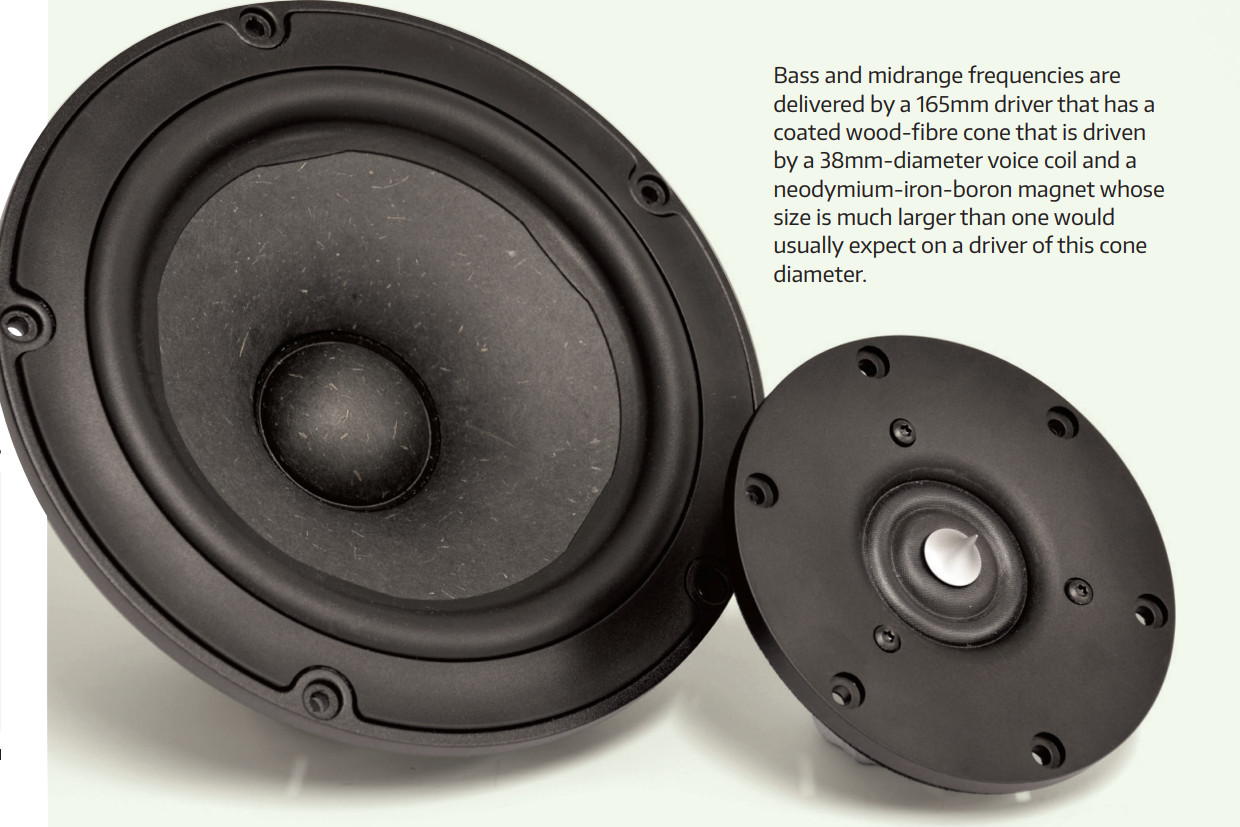
The Krix Esoterix Altum is a bass-reflex design, but you’ll be looking in vain for the bass reflex port if you only check out the front baffle, rear panel, sides and top of the cabinet, because Krix has hidden it away on the bottom of the cabinet, towards the rear. A side view of the cabinet will immediately show how it’s managed to do this without blocking the port, because the rear of the bottom of the cabinet slopes upwards, so only the front section of the cabinet makes contact with the surface on which it’s sitting.
That surface can be a bookshelf or wall mount or some other flat surface but—as with all other small two-way designs—for best performance you should be placing these Esoterix Altums on stands. However, because of the location of the port, this means that many stands won’t be suitable, so Krix has optional stands available for it (AU$1,195 per pair in satin finish). The tops of these stands fit neatly into a squarish cut-out in the base of the Altums, after which the speakers can be screwed firmly to the stands to give a truly seamless look, exactly as if the speaker is an integral part of the stand itself and not just sitting on it. The stand has cable management internally, so that your speaker wires will be hidden from sight. Unlike some stands with cable management, you don’t have to spike the base of Krix’s stand to allow space for the wires to run out, because it has four custom rubber feet that elevate the base 15mm from the surface on which the stand is sitting. (Of course you can always use spikes rather than rubber feet if you’d prefer.)
If you had gone looking for the bass-reflex port, you certainly would have noticed the very large metal (not plastic, mind you!) mounting plate on the rear panel of the Esoterix Altum which holds two pairs of speaker terminals, the upper pair accessing the high-pass section of the crossover directly, and the lower pair accessing the low-pass section. (This would seem to be the obvious strategy and therefore not worth mentioning, except that I have run across designs where the opposite is the case, so I think I should mention it.) The terminals themselves are very high-quality gold-plated multi-way types. If you don’t bi-wire or bi-amp, the terminals must be shorted out with the gold buss-bars that are provided with the speakers.
The Krix Esoterix Altums are not large, and the angular shape of the cabinet (Krix refers to the shape as ‘striking prismatic geometry’) means that the dimensions listed in the specifications (390×260×380mm HWD) don’t tell the whole story. Best to see a pair in the flesh, so to speak. Also, the design of the cabinet (and Krix being able to build its own cabinets cost-effectively) means that all the joints in the Altum are fully mitred, so there are no visible joins (at least there were none that I could see on my review samples).
You’re certainly not left wanting for cabinet finishes, because Krix offers the Estoterix Altum in Black Ash, Atlantic Jarrah, Walnut and Blackwood (all real wood veneers) plus a very hip colour it calls ‘Cola’ (which, once again, you have to see in real life to appreciate. The word alone doesn’t give any inkling of what it looks like, and the photographs I’ve seen don’t do it justice). You can also order ‘specials’ in any timber veneer or high-gloss colour you like, but customising the speakers by specifying a premium finish increases the price to AU$7,895 per pair. (Matching stands in the same premium finish would then cost AU$1,745 per pair).
Readers interested in a full technical appraisal of the performance of the Krix Esoterix Altum Loudspeakers should continue on and read the LABORATORY REPORT published below. Readers should note that the results mentioned in the report, tabulated in performance charts and/or displayed using graphs and/or photographs should be construed as applying only to the specific sample tested.
Laboratory report
Newport Test Labs measured the overall frequency response of the Krix Esoterix Altum speaker as extending from 38Hz to 36kHz ±3.2dB, which is an excellent result and is shown as the black trace in Graph 1. You can see that the trace is flattest across the range 100Hz to 17kHz, where it deviates by only around ±1.5dB. Below 100Hz there’s the expected roll-off while above 17kHz it appears there’s a rise in the tweeter’s output to a resonant peak at 20kHz, after which the response falls away but easily extends out to 40kHz and beyond. Note that the response is not spectrally skewed in a way that would indicate the speaker might emphasise one region of the spectrum at the expense of another, even given the ±3.2dB response envelope: the peaks and dips in the response are fairly evenly distributed. Experience leads me to suggest that the slight dip in the response between 70Hz and 100Hz would disappear when the speakers are placed in proximity to a boundary such as a rear wall.
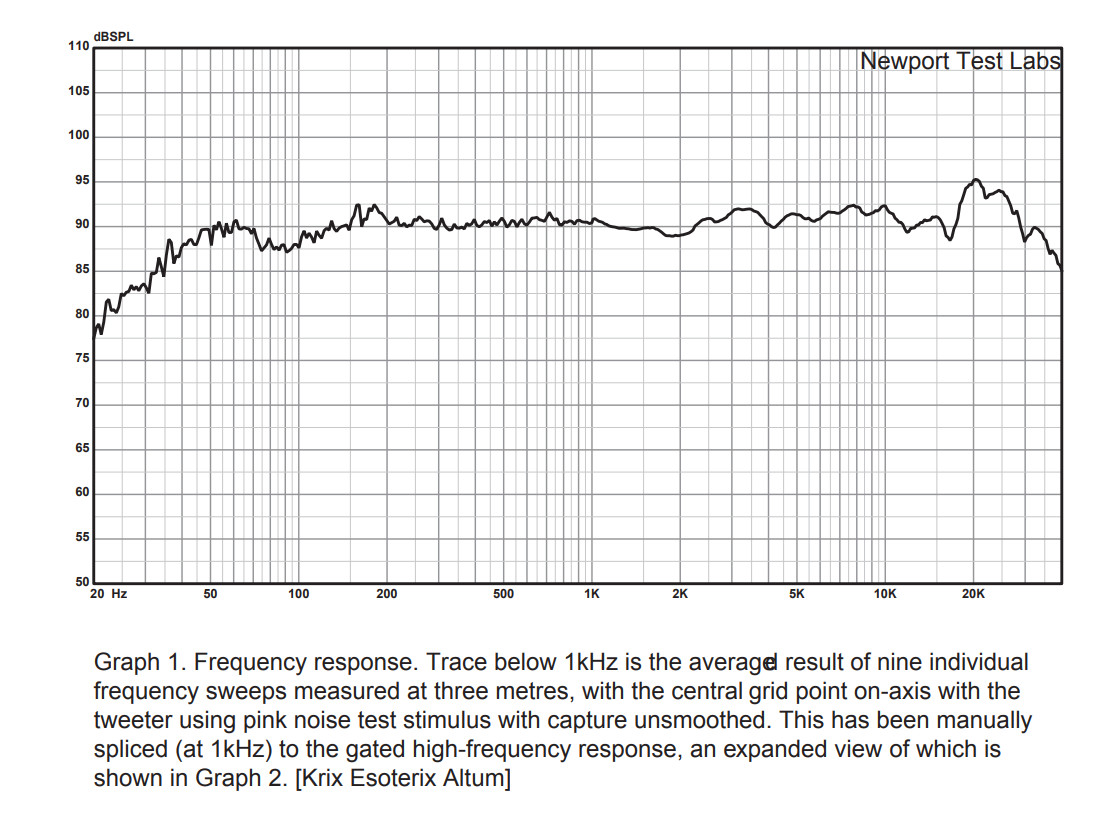
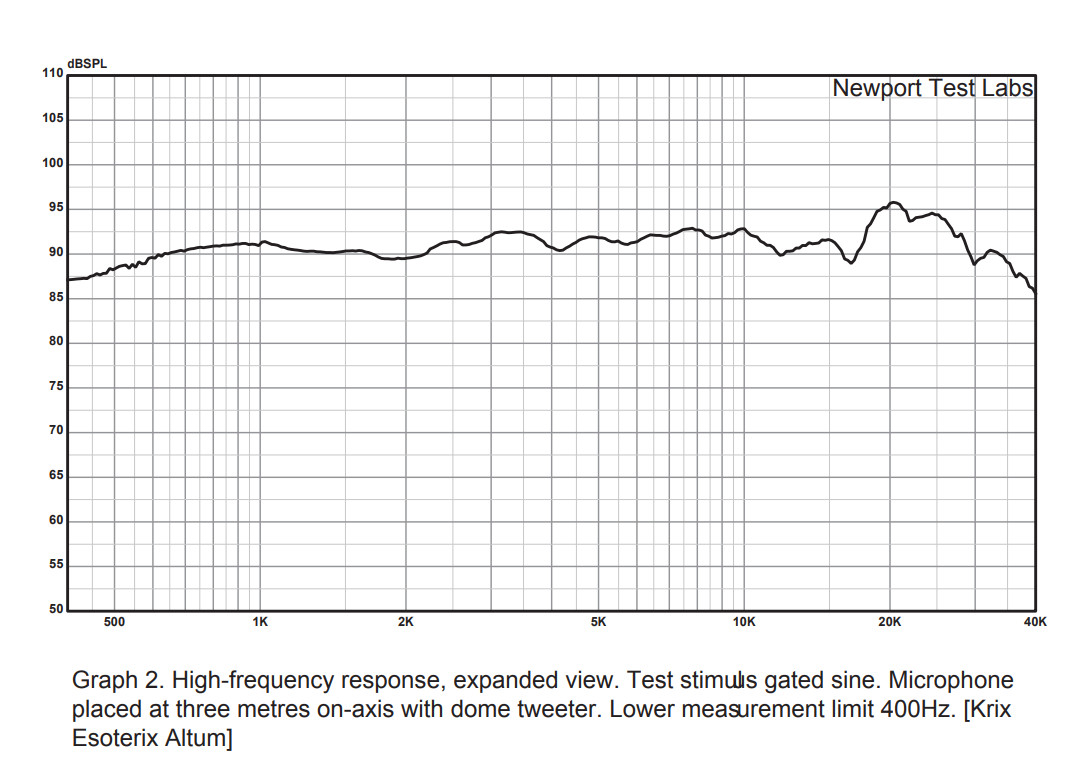
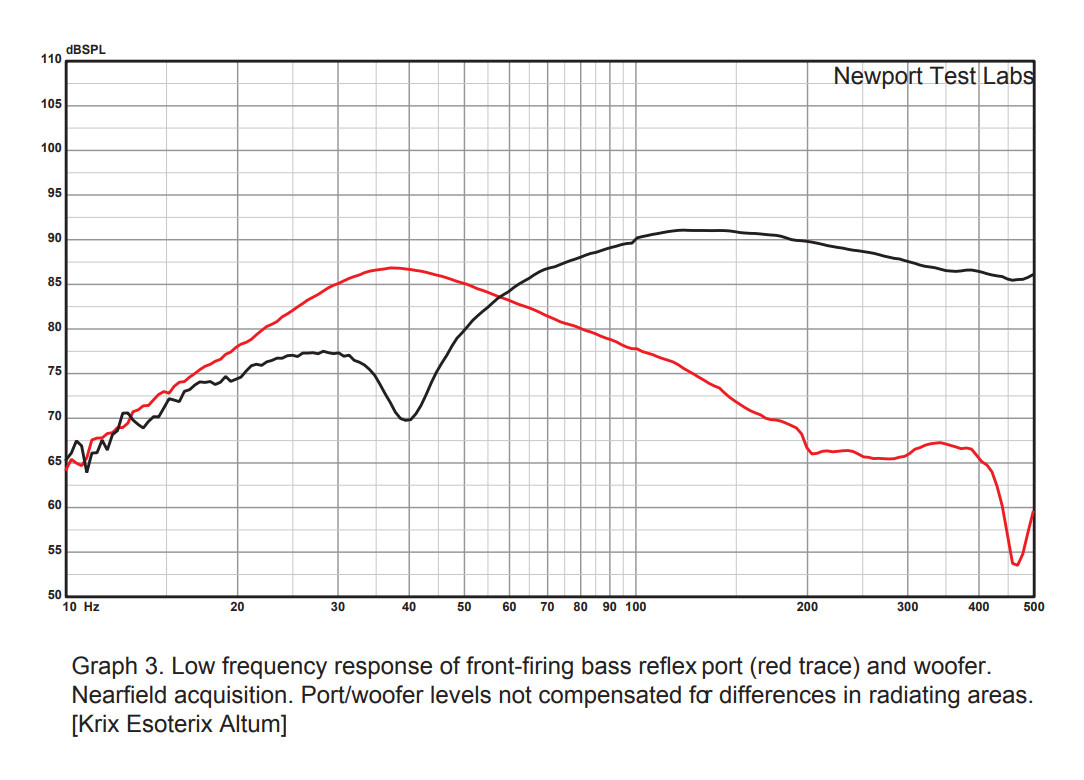
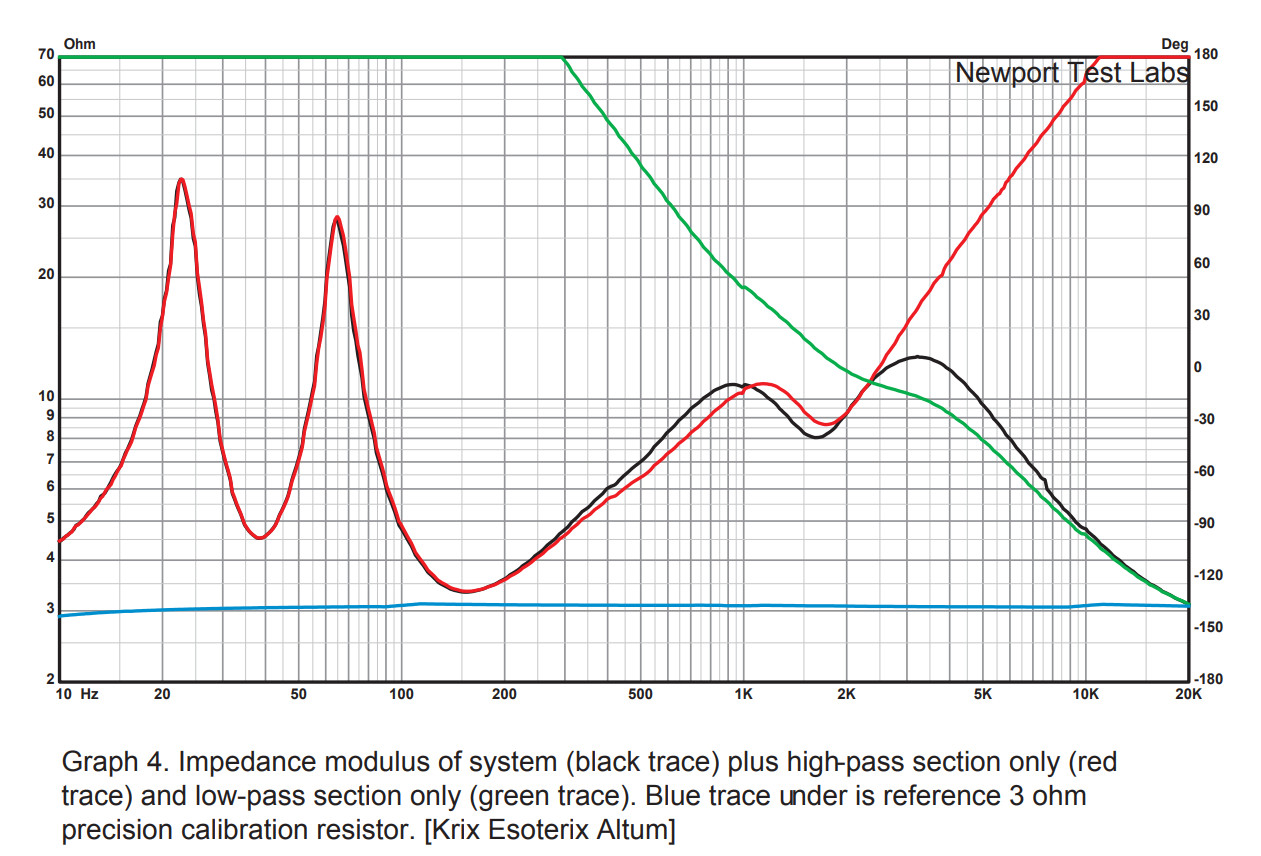

Graph 2 shows a magnified view of the high-frequency section of the Krix Esoterix Altum’s frequency response, measured using a gating technique that simulates the response that would be obtained if the speaker had been measured in an anechoic chamber. Once again, the superb linearity across the midrange is clearly obvious.
The low-frequency response of the Krix Esoterix Altum (Graph 3) was measured by Newport Test Labs using a near-field technique that once again, simulates the response that would be obtained if the speaker had been measured in an anechoic chamber and, as noted on the graph caption, the two traces have not been scaled to compensate for the differences in radiating diameters between the port and the bass/midrange driver. You can see the output of the bass/midrange driver (black trace) rolling off smoothly from 100Hz to reach its minima (where it’s held still by the port) at 39Hz. The port’s peak output is a fraction lower, at 35Hz, and has a fairly moderate Q, so its output is 6dB down at 24Hz and 66Hz.
Newport Test Labs measured the impedance of the Krix Esoterix Altum (Graph 4) using the voltage drive technique and you can see that it will be fairly easy to drive, though the driving amplifier would have to be capable of driving 4Ω loads, as the impedance drops below 4Ω between 120Hz and 250Hz, and also above 13kHz. The low impedance at very high frequencies (below 3Ω at 22kHz) will not bother any competently-designed Class A/B amplifier or any modern Class-D design, but some older Class-D amplifiers might react unpredictably because of the low impedance. You can see the electrical crossover between the low- and high-pass sections takes place at 39kHz, and the bass resonant peaks are at 23Hz and 65Hz, at 35Ω and 28Ω respectively. The frequency of the ‘saddle’ between them predicts that you should not expect any significant bass below 39Hz.
Newport Test Labs measured the sensitivity of the Krix Esoterix Altum, using its standard test procedure, as being 87.6dBSPL at one metre for a 2.83Veq input. This is an excellent (and above-average) result for a small two-way stand-mount design—even though it falls a little short of Krix’s specification of 89dBSPL—that means the design will make good use of the available amplifier power.
Verdict
I had been wondering why Krix had called this model ‘Altum’ because it seemed out of kilter with Krix’s usual convention for naming its models. After I’d consulted a Latin–English dictionary and discovered the word ‘altum’ means ‘on high’ or ‘from above’, I had to smile, because the Esoterix Altums truly do deliver sound quality that seems to have come down from the heavens.
As we have come to expect from Krix, the Esoterix Altum is an outstandingly well-designed loudspeaker, with a very flat and very extended frequency response and above-average efficiency for its size.
Australian Hi-Fi is one of What Hi-Fi?’s sister titles from Down Under and Australia’s longest-running and most successful hi-fi magazines, having been in continuous publication since 1969. Now edited by What Hi-Fi?'s Becky Roberts, every issue is packed with authoritative reviews of hi-fi equipment ranging from portables to state-of-the-art audiophile systems (and everything in between), information on new product launches, and ‘how-to’ articles to help you get the best quality sound for your home.
Click here for more information about Australian Hi-Fi, including links to buy individual digital editions and details on how best to subscribe.


